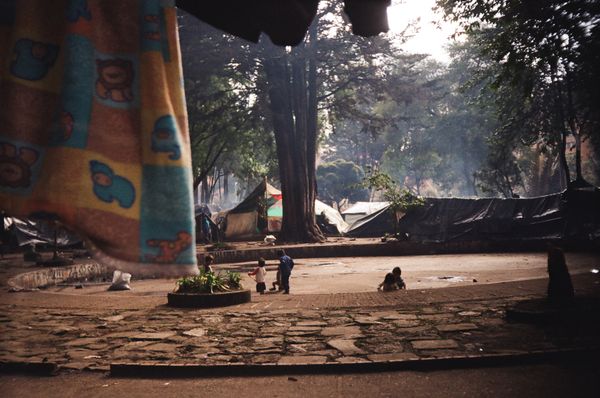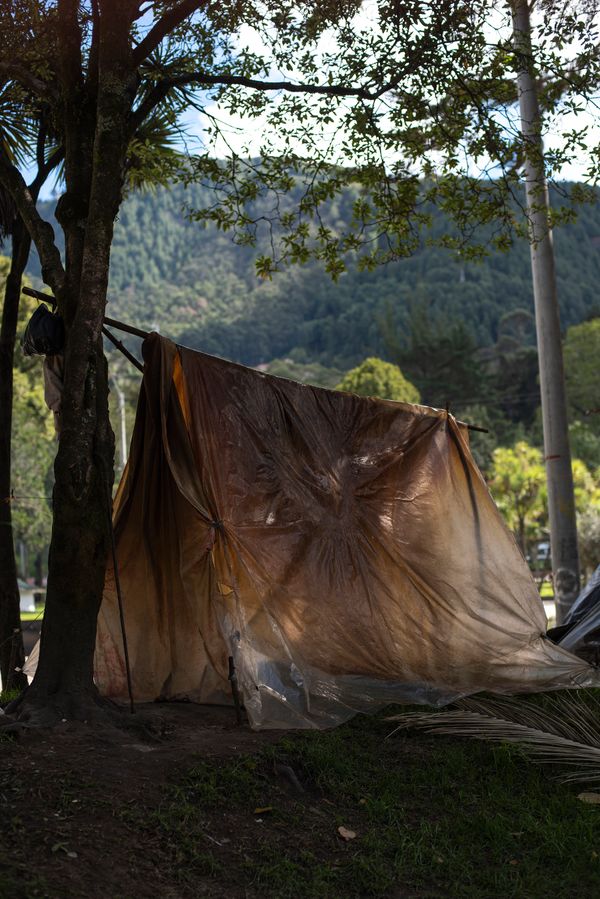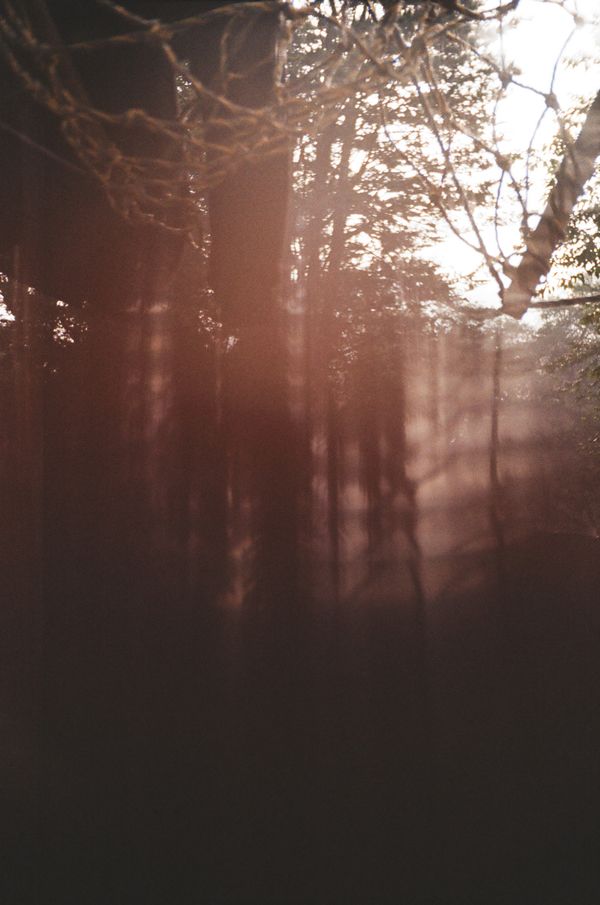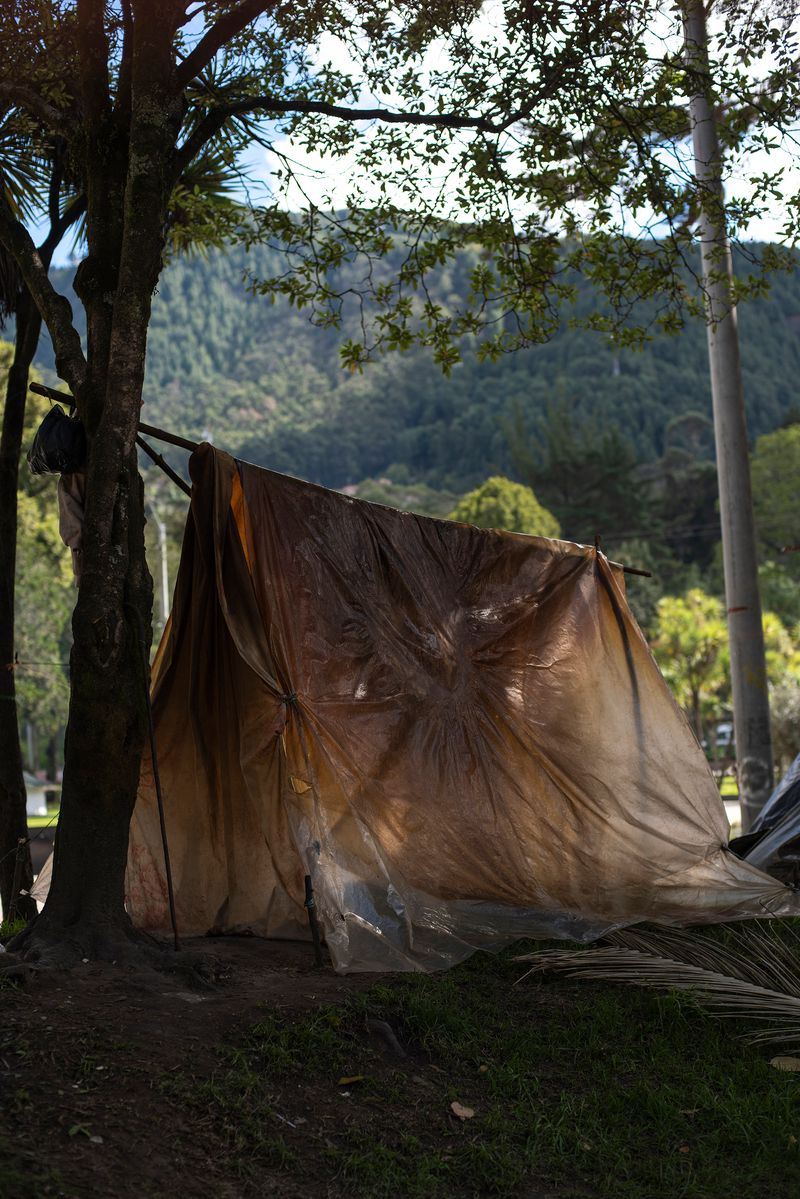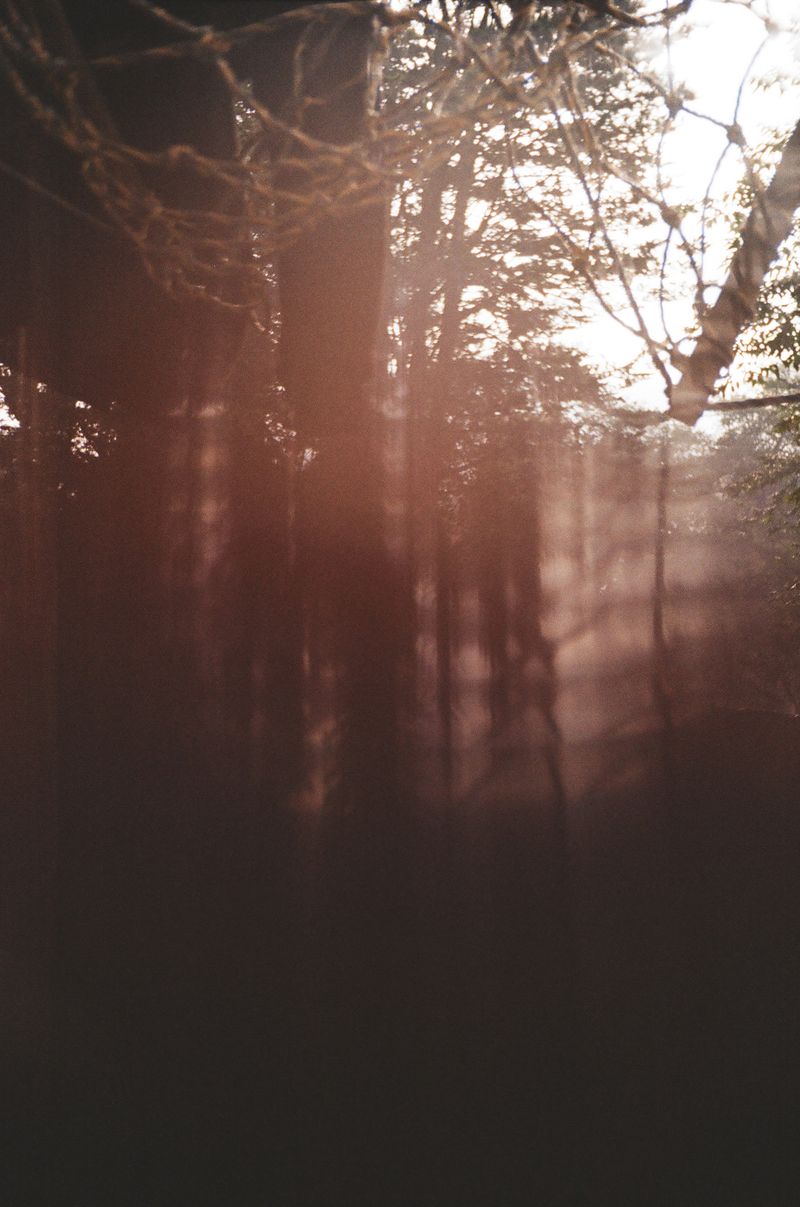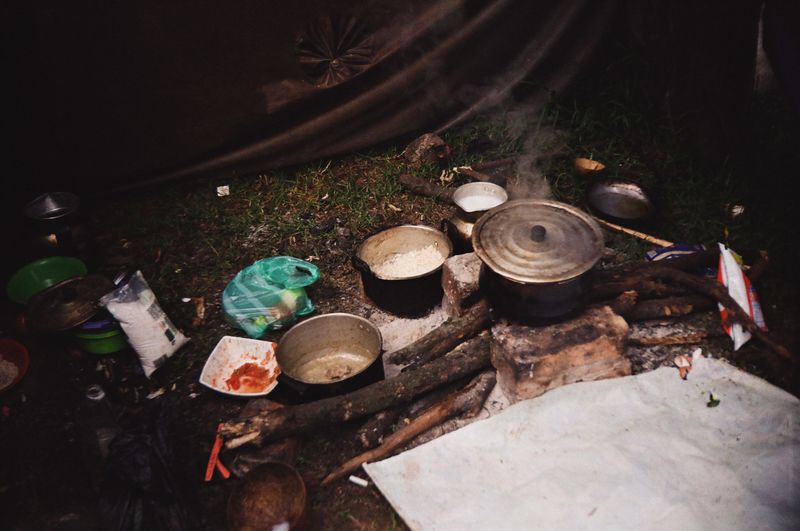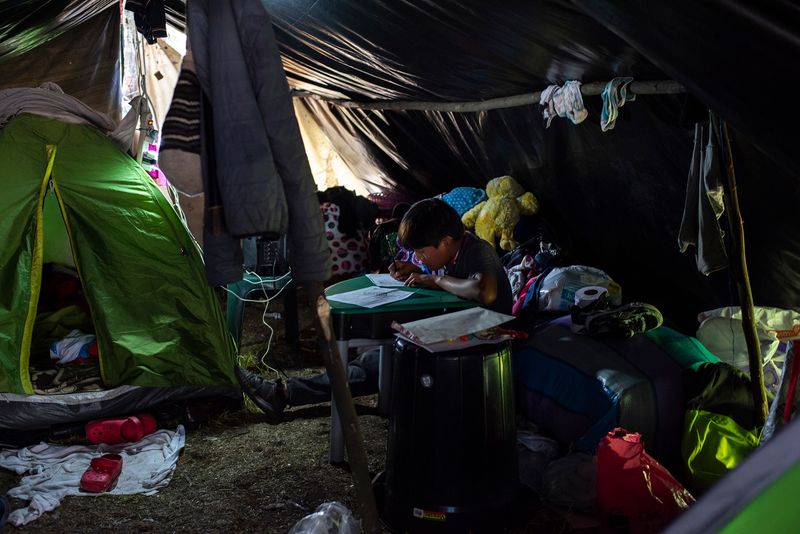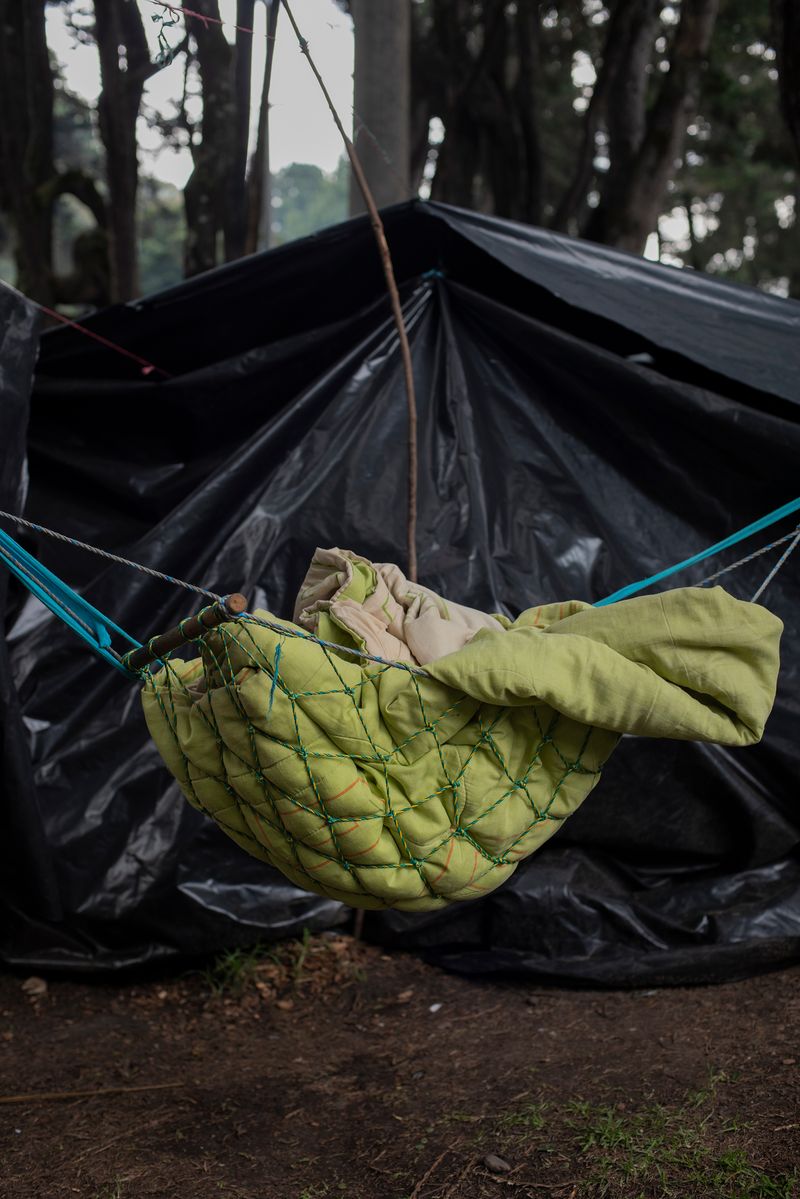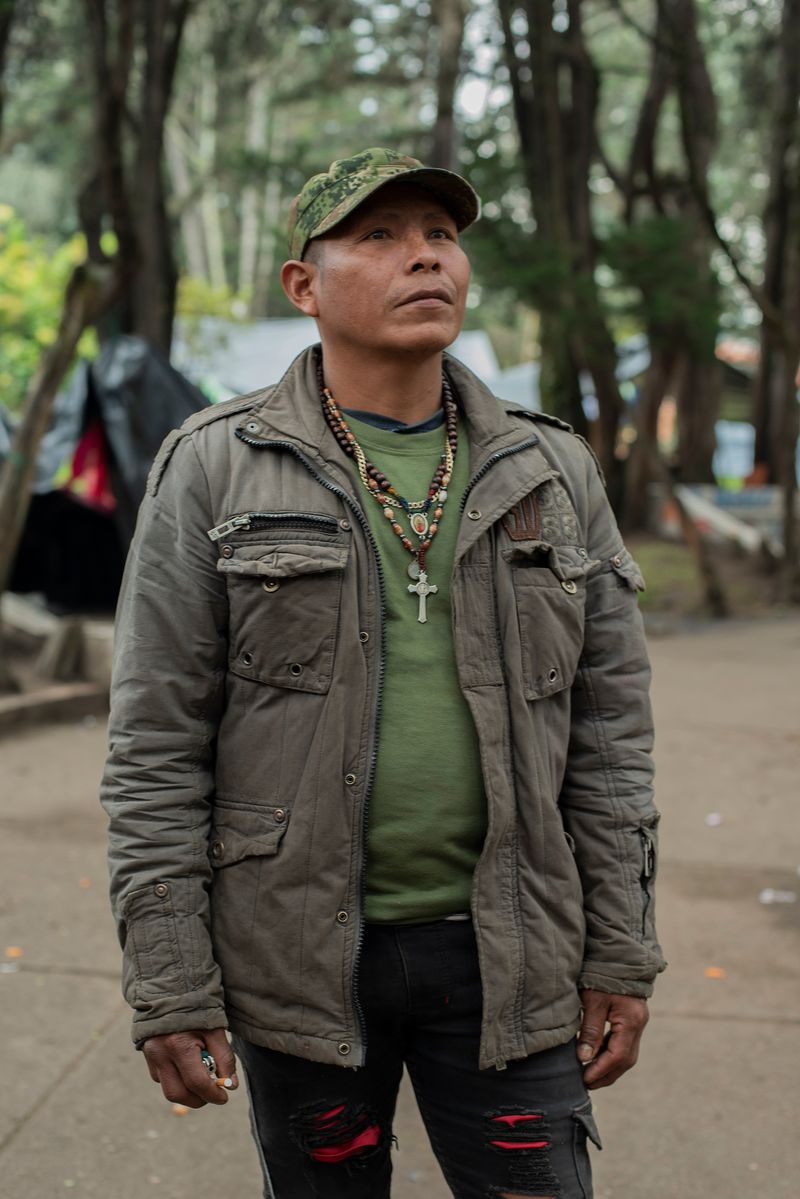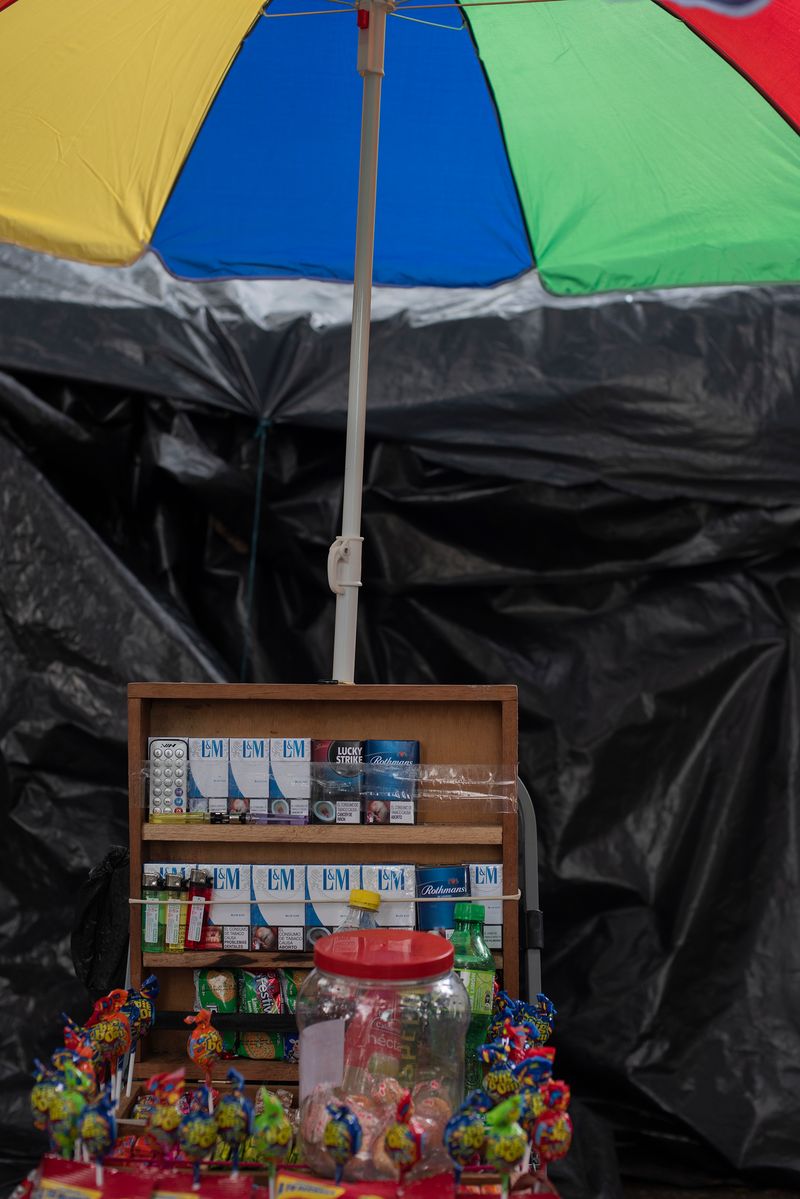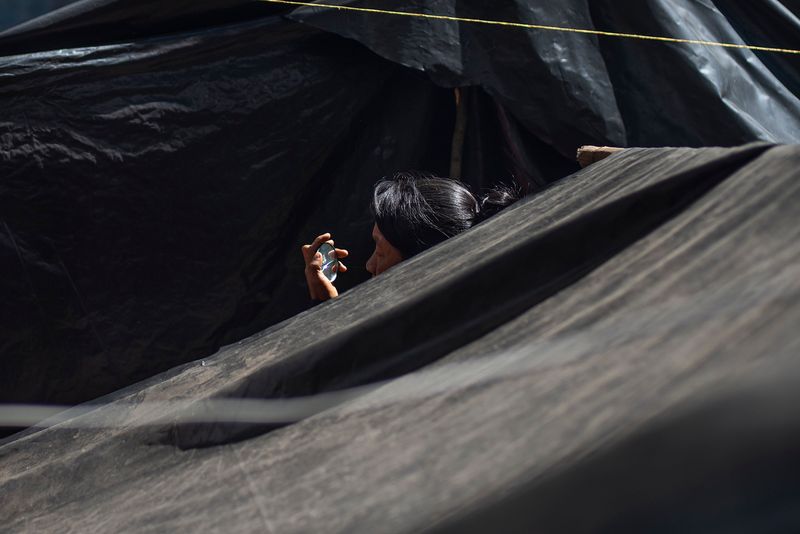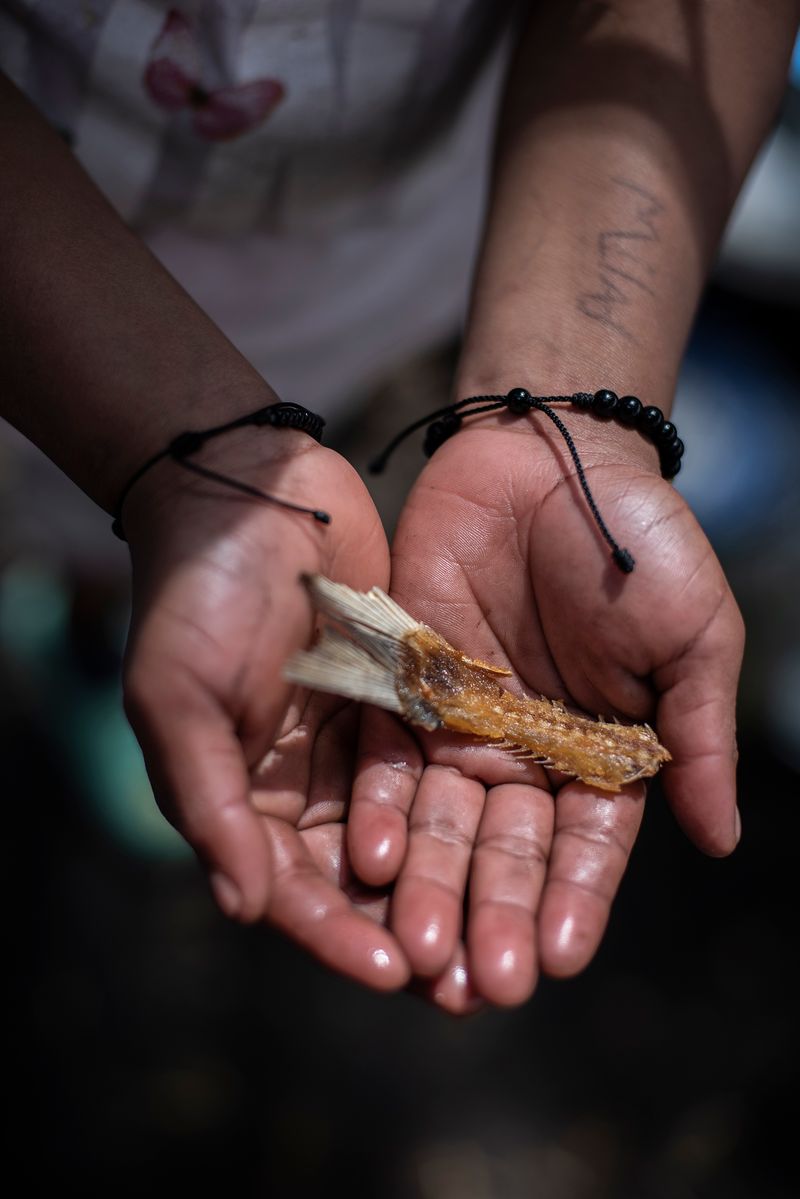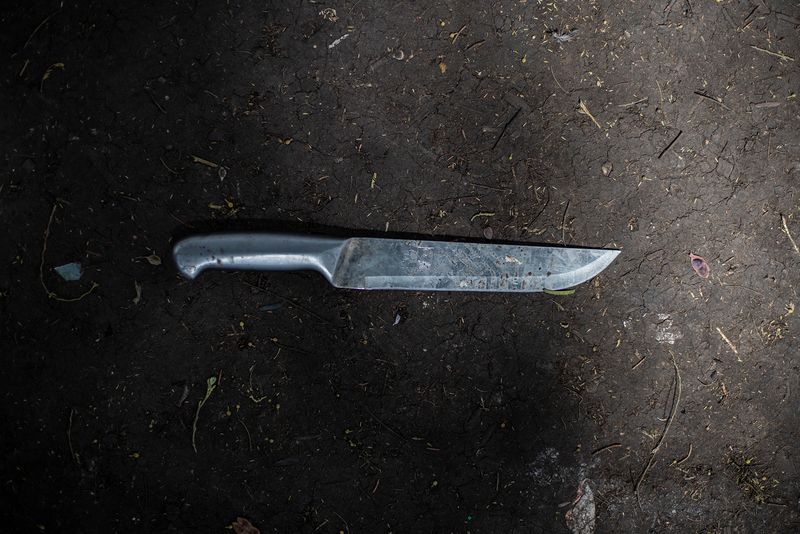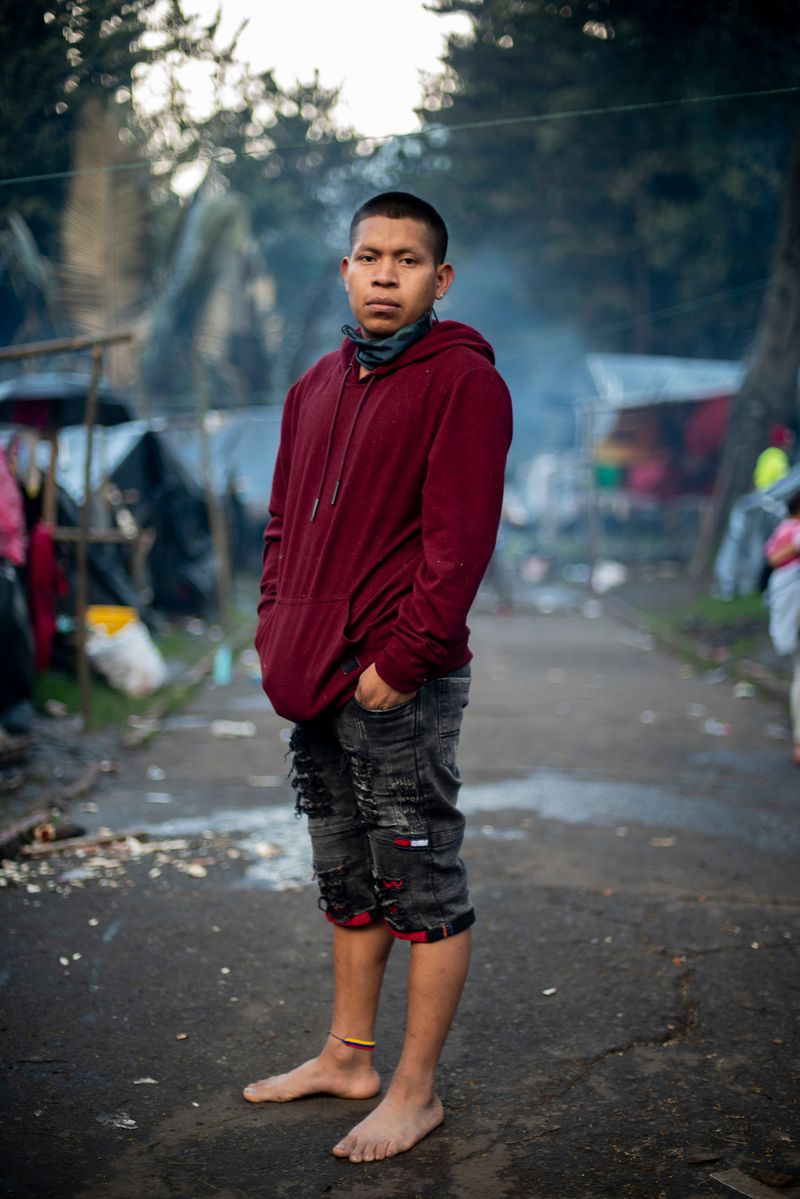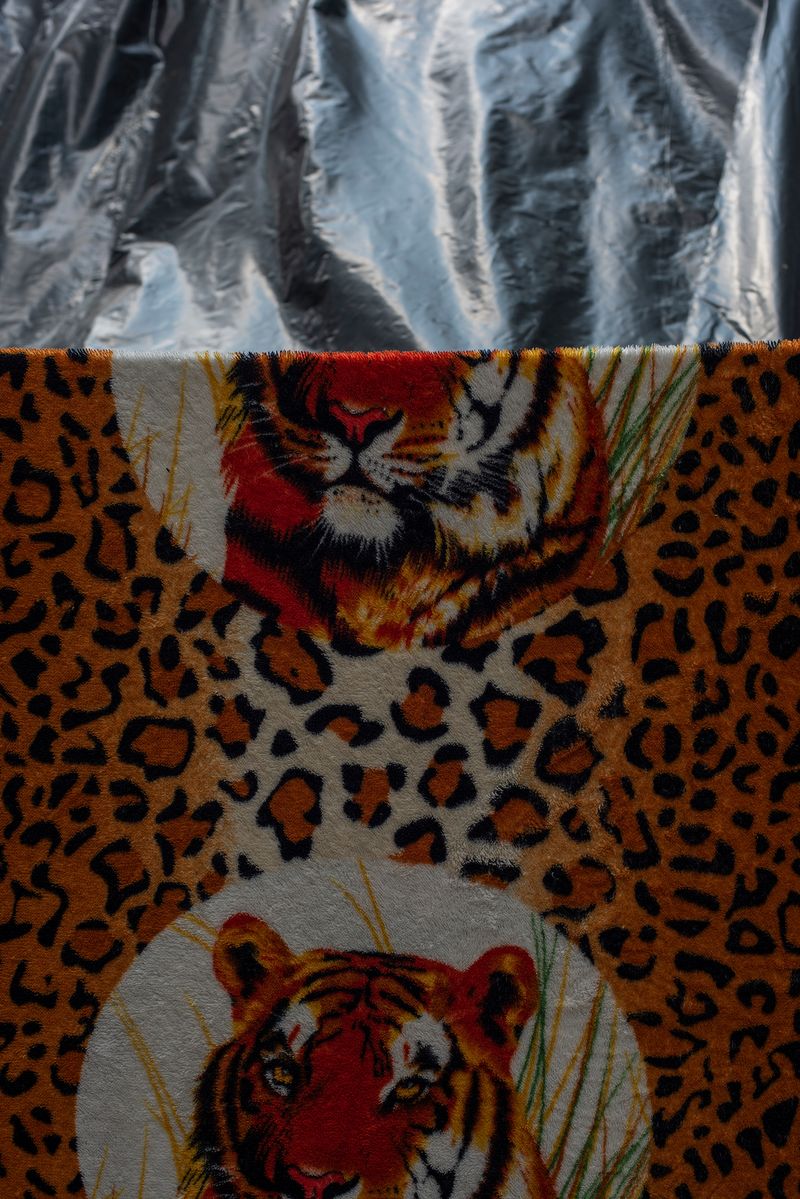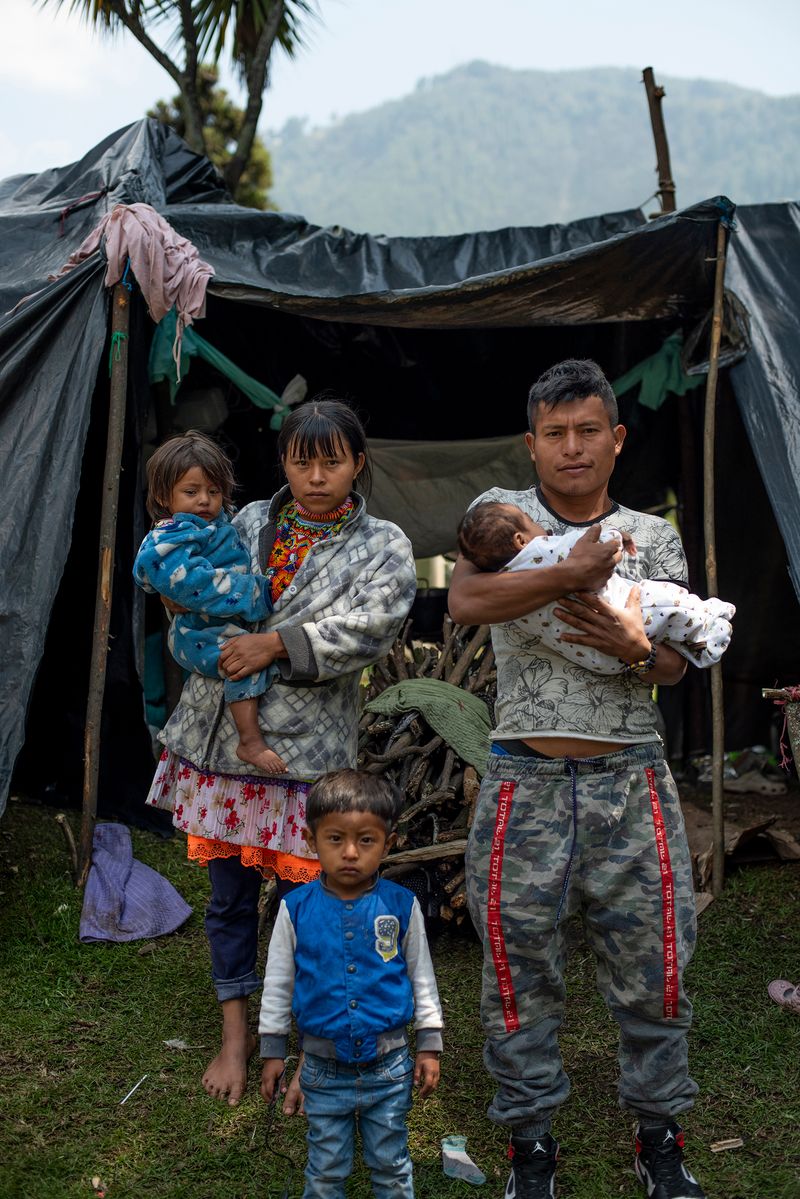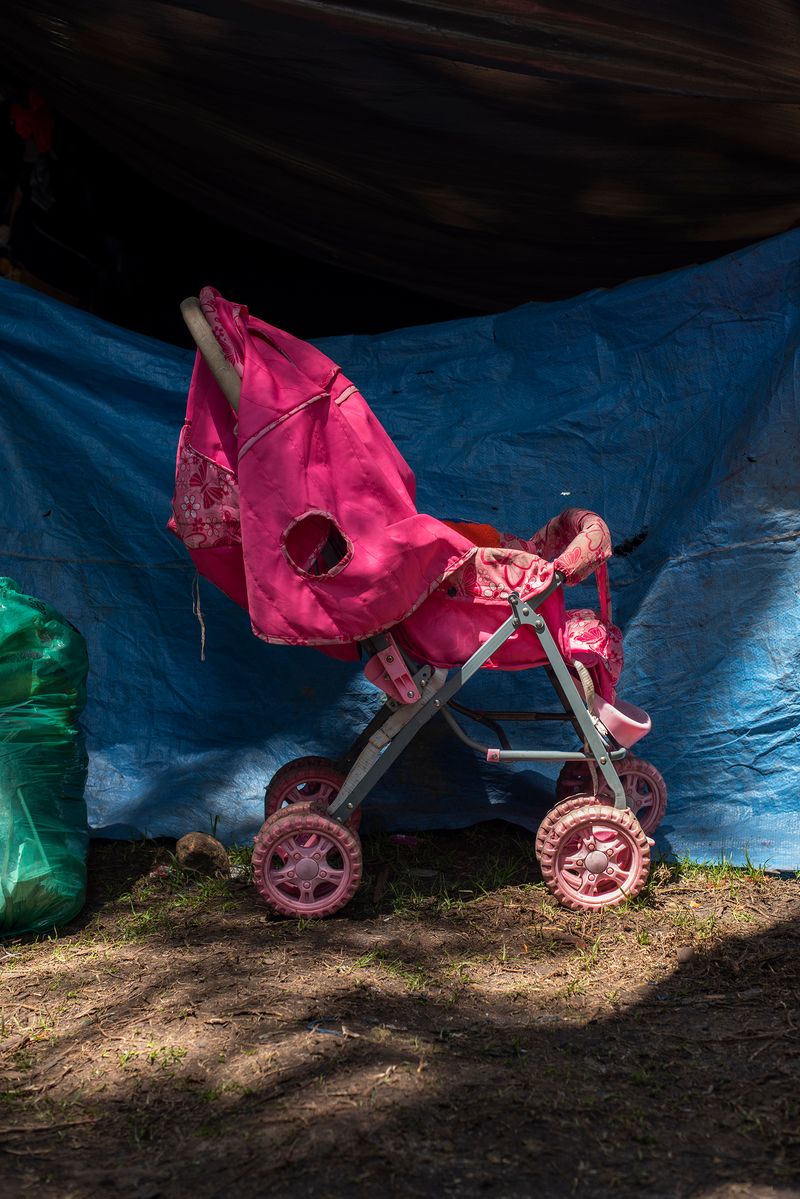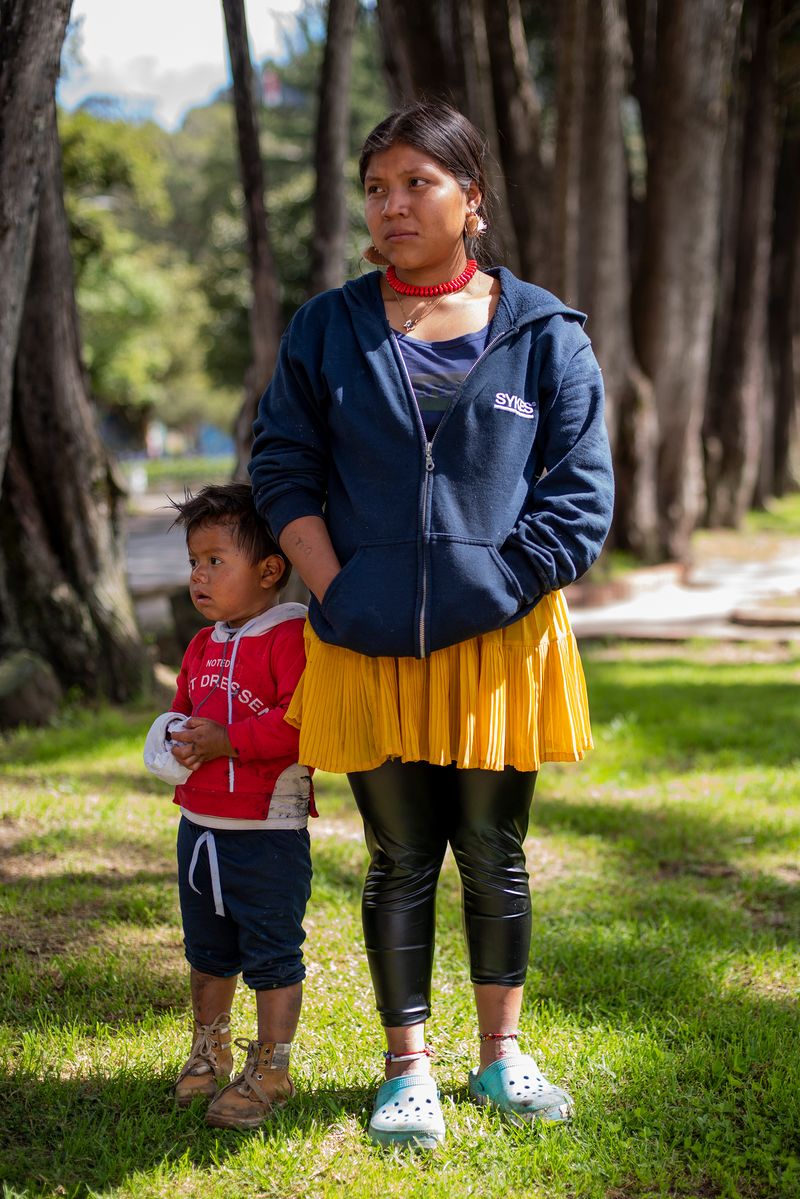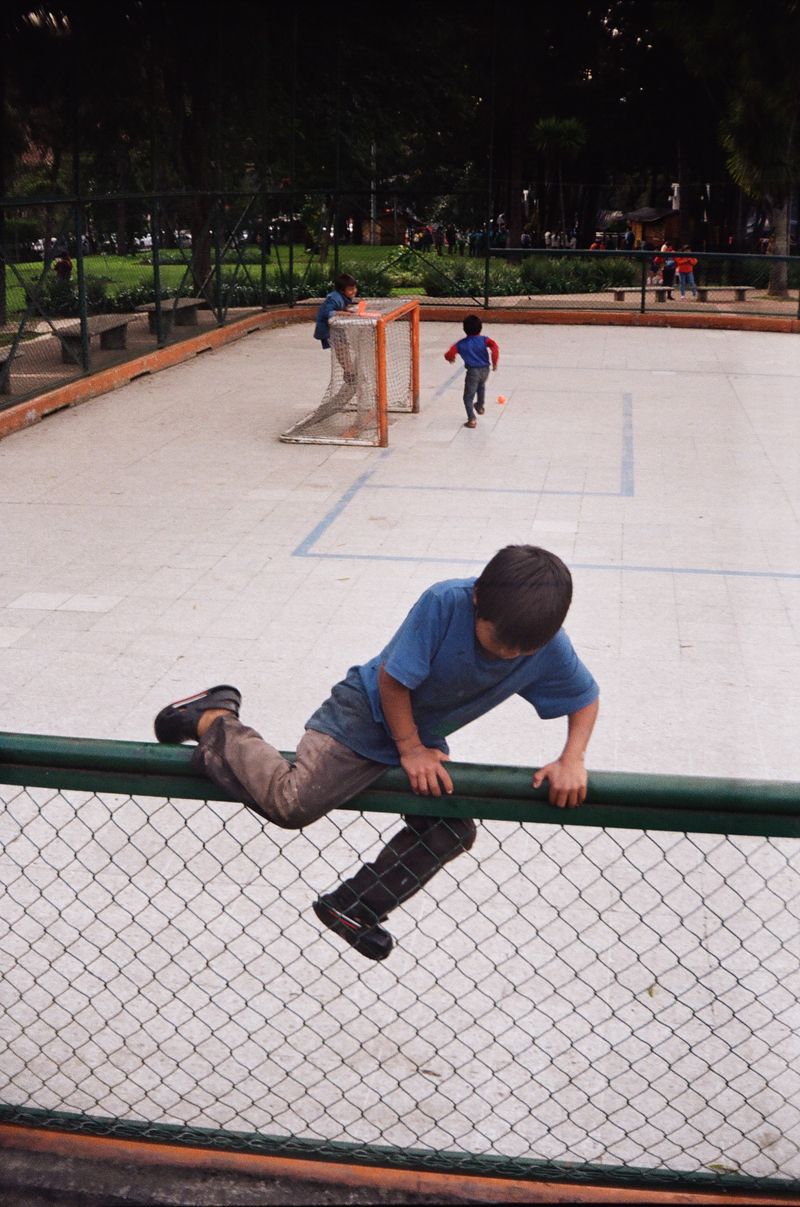Entre otra Montaña (Between another mountain)
-
Dates2021 - Ongoing
-
Author
- Topics Portrait, Social Issues, Documentary
About the struggle of indigenous communities in Colombia to overcome armed conflict and forced displacement.
Since February 2020, indigenous communities from different parts of Colombia have migrated to Bogota and other large cities due to forced displacement by illegal armed actors and multinationals with an interest in natural resources in the areas where these communities live. Since their arrival in Bogota, the communities have gone through different sectors and parks of the city seeking to call the attention of the government and citizens to take measures and solutions to their current situation.
Since September 30, 2020 different indigenous groups including Embera Katio, Embera Dobida and Embera Chamí have settled in the National Park in the city of Bogota. Three months and a week ago, the national park was designated as a new territory for these communities because it offers better access to water, sanitation services and greater visibility within the dynamics of the city, thanks to its central location. However, their current situation is still precarious, with restricted access to health care, public services and job opportunities.
The indigenous people's settlement in the national park is referred to as their struggle for a better life, for a safe return to their ancestral territories and in some cases for a dignified relocation to cities such as Bogotá. In either case, the communities now living in the national park are demanding government assistance to ensure a dignified future outside of the violence they have experienced for more than ten years. However, local mayor's offices, ministries and the government have been reluctant and distant to take action to address this problem.
